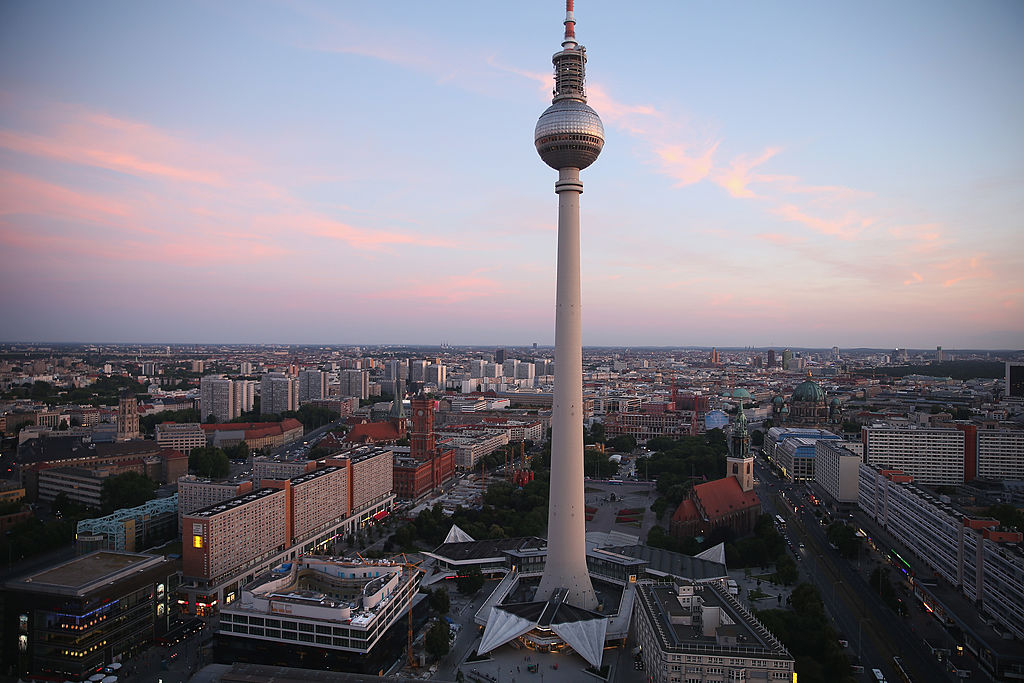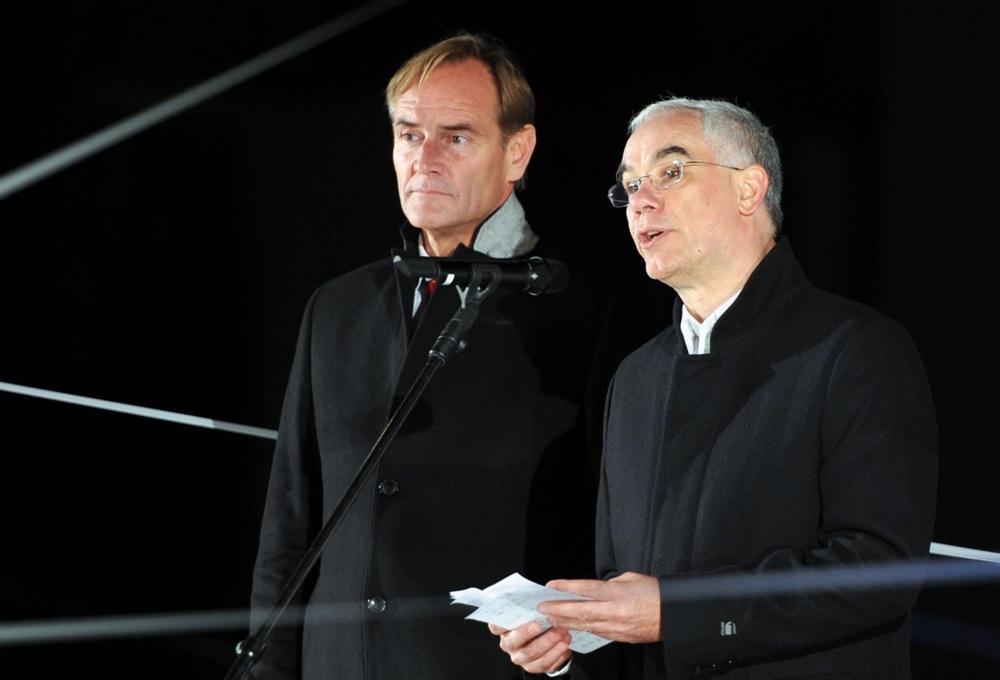Night trains appear to be making a comeback across the European Union.
And the latest one is joining the Belgian and German capitals during the quiet hours under the night sky.
Run by Dutch-Belgian start-up European Sleeper, the new line between Brussels and Berlin also makes stops at Amsterdam, Antwerp and Rotterdam during its 13-hour, 900-km journey.
Running three times a week, European Sleeper offers one-way tickets from €49 a seat—in a six-seat cabin—€79 for a “couchette”, a simple bunk bed in a 4- or 6-person compartment, and €119 for a more comfortable “sleeper” berth in a compartment for a maximum of three people with a washbasin and seating area.
Both the “couchette” and sleeper berth options come with breakfast.
Sleeper services across Europe had been in decline over the last three decades since the arrival of budget airlines in the mid 1990s.
But it appears demand is back, notes the Daily Telegraph, with sleepers proving “time effective” enough—by making use of the night hours when you are asleep anyway—to offer a viable alternative to flying.
The result is a potential rebalancing between flying and choosing trains for covering significant distances.
Some are calling it a “night train renaissance”. Austria’s Nightjet train now serves 25 European cities. Next year, France’s Midnight Trains are due to launch luxury sleeper services to 10 destinations, the Guardian reports.
The uptick in night train popularity is being put down to a mixture of “increased environmental awareness”, people tiring of the hassle of air travel and airport security, alongside changing perspectives that see “slow, overland journeys as enjoyable rather than endurable”.
Other factors include the fact that some people are anxious about flying at the best of time—regardless environmental concerns—while other people want a chance to meet and talk to other travellers, and to enjoy a deeper travel “experience”.
The Guardian notes that when you combine the European Sleeper with the Eurostar service, it gives you the chance on a Friday afternoon to hop on a two-hour Eurostar from London’s St Pancras station to Brussels-Midi station, and then catch the evening European Sleeper from the same station and be in Berlin in time for a German breakfast on Saturday morning.
Then, after a weekend whizzing around Berlin, you could leave the German capital on Sunday night, getting you back to London by Monday lunchtime.
Those behind Euro Sleeper acknowledge that more often it is cheaper to fly than take their service. A return train trip from London to Berlin is likely to cost around €250 for both the European Sleeper and Eurostar tickets, while return flights between the English and German capitals can be had for around €50.
But the hope is that the added romance, fun and ease of travel experience on a night train will beat cost concerns for many people.
“It’s cosy, it’s an adventure,” European Sleeper co-founder Chris Engelsman told the Guardian. “We expect to attract people who love train travel, love the adventure, who wouldn’t want to be stressing at airports [rather] just enjoying the ride.”
European Sleeper plans to extend its Brussels-Berlin service to Dresden and Prague in 2024. A route to southern France and Barcelona is also on the cards.
“I like to feel the travelling rather than just stepping off a plane somewhere completely different,” a passenger on the Brussels to Berlin train told the Telegraph. “Train travel gives you a sense of the distance you’re covering.”





